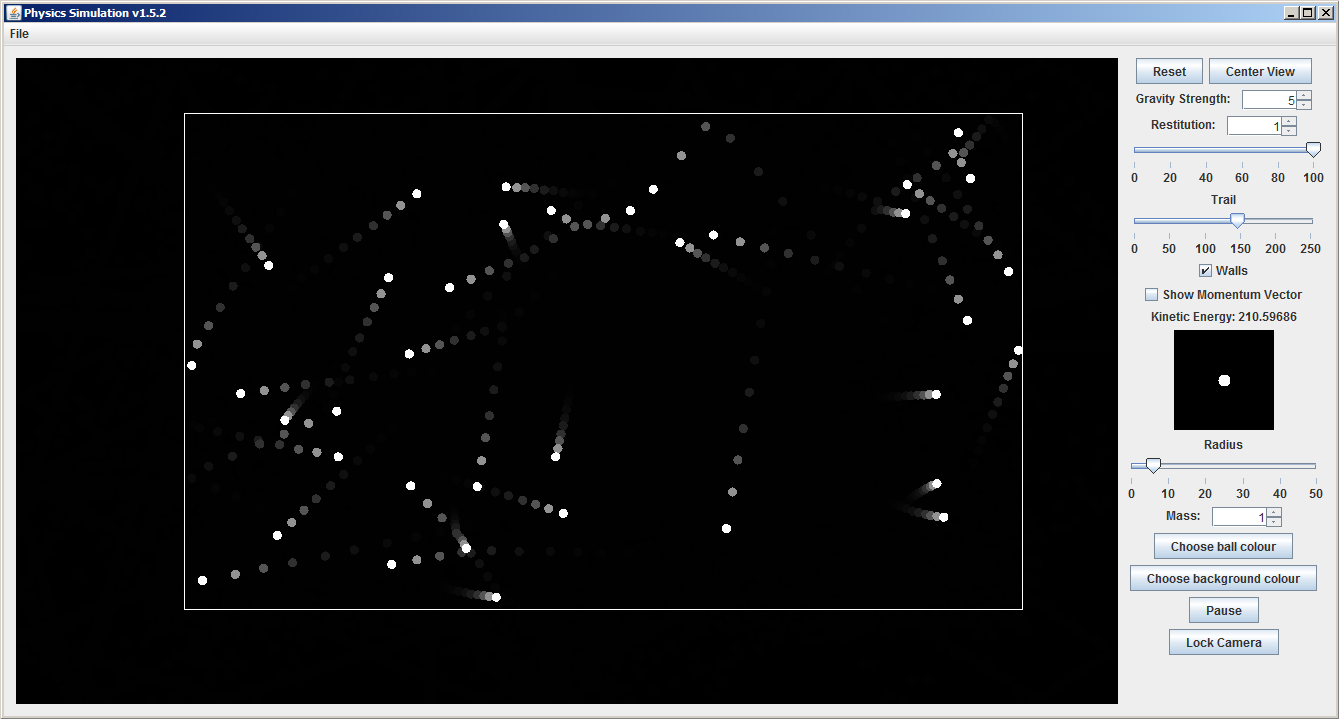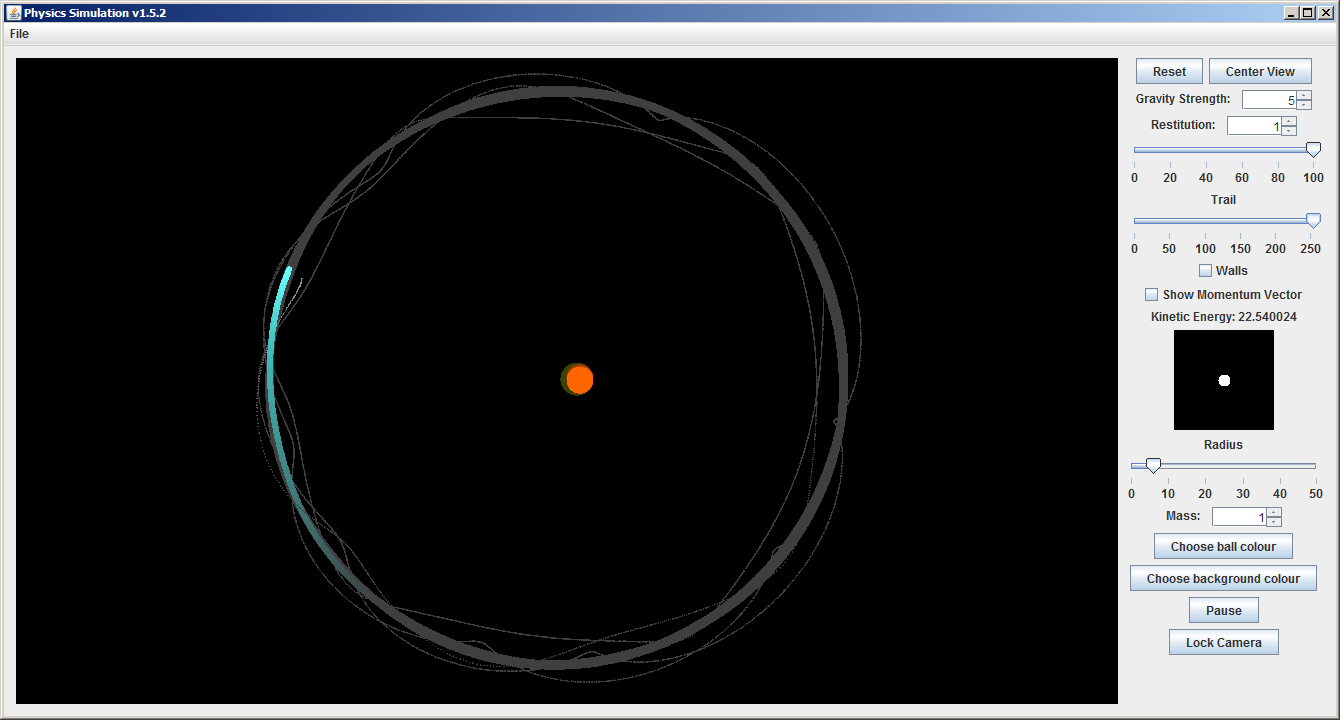A list of some of the projects and other stuff I have worked on:
Paper Presentations
I gave two presentations as part of a course on Advances in the Theory of Deep Learning (Fall 2019) at IIT Madras. Here are the slides:
- Slides: Lazy Training in Differentiable Programming
- Paper: Chizat, Lenaic, and Francis Bach. “A note on lazy training in supervised differentiable programming.” arXiv:1812.07956 (2018).
- Slides: Adversarial Examples are not Bugs, They are Features
- Paper: Ilyas, Andrew, et al. “Adversarial examples are not bugs, they are features.” arXiv:1905.02175 (2019).
Talk at PyCon India
I gave a talk on generators at PyCon India 2019. You can find the slides for my talk here, and video recording here.
Course Project for Applied Linear Algebra
I was part of a team of 2 students for the course project of Applied Linear Algebra (Fall 2018). The project required us to make a short YouTube video explaining concepts in Linear Algebra as used in modern research. We tackled the problem of low-rank matrix completion using nuclear norm minimization. It involved ideas like the singular value decomposition and its relation with the rank of a matrix, combined with insights from the field of compressed sensing. Video link.
Talk at PySangamam
I gave a talk on generators at PySangamam 2018, Tamil Nadu’s first Python conference. You can find the slides for my talk here and the video recording here.
A Physics Simulation of gravitating particles in 2D
This is a simulation of 2D particles in a plane written in Java. The code can be found in the repo. Click here to download the latest .jar executable. I also ported the Java app to a web version with some small features omitted (like custom colors). Note that this port can be a bit buggy.
Some of the currently available features include:
- Collision detection between spheres
- Gravitation between the particles
- Ability to change physical parameters like gravity strength and the restitution of collisions
- Ability to create particles of different masses and sizes
- Freezing of time
Instructions:
- To create a ball, press the left mouse button where you want to create it, and drag the mouse to define its velocity.
- Right click and drag to move the view, and use the mouse wheel to zoom in and out.
- Click the ‘Lock Camera’ button to be able to select a ball to lock the view onto.
Some examples
- An ideal gas can be simulated by turning on the walls. Since the Kinetic theory of Gases models them as a collection of particles which only interact with each other through elastic collisions, Newton’s Laws are sufficient to simulate ideal gases.
- By turning off the walls, a simulation of many large bodies can be created. It is possible to make systems having planets with their own moons by careful placement of particles.
By playing around with the parameters like gravity strength, restitution and using particles of different sizes and masses, you can create a lot of different interesting systems! For example, try to create a system which mimics the behaviour of particles in a crystal.
Cryptanalysis of the Caesar and Vigenere ciphers
I analyse the Caesar and Vigenere ciphers, and explore methods of cracking them including frequency analysis and the Kasiki examination. The code was written in python using a jupyter notebook. You can find it in the repo here.

